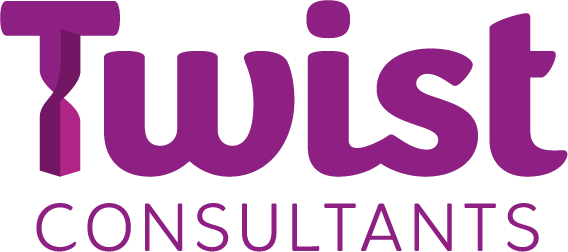I’ve recently been part of two, thought-provoking events on the topic of stakeholder engagement, one organised jointly between CIPR East Anglia and APM East of England and the other, an APM member event.
I’ve found that teams in change, comms and project management often share similar challenges, so I was delighted to be working with project managers from the APM (Association of Project Managers) in both events. It was also massively refreshing to spend two evenings talking about the importance of people in change and projects more than process. Here are my top ten takeaways and food for thought from these two events….
Image: Fauxels, Pexels
1. We get tied up in terminology
One of the events was titled, ‘Stakeholder engagement vs. Stakeholder Management’, I’ve heard these two terms used interchangeably and influence is also often thrown in too. My takeaway? We can’t control how other people (stakeholders) react but we can manage expectations through clear communication and building trust by being honest if we don’t have all the answers. In the APM’s BoK (Body of Knowledge), Stakeholder Management is defined as ‘the systematic identification, analysis, planning and implementation of actions designed to engage with stakeholders.’
Stakeholder engagement on the other hand is the people piece, which includes communication, consultation, negotiation, listening and relationship-building to help understand perspectives and expectations.
2. Engagement isn’t ‘done’ at any given point
I’m a massive fan of getting out of your seat, (which may sometimes be virtual), talking, listening and getting different perspectives. We can’t just talk to people at the start of a project to gather information and think that will give us enough insight (I’ve seen it done…) People’s perceptions will change as things develop, so it’s key to keep talking and listening so you can adjust responses. Keep thinking about those expectations.
3. Try to gauge where your stakeholders sit
We were introduced to the Salience model for identifying and analysing stakeholder needs and helping to prioritise engagement. Particularly useful when you have multiple stakeholder groups, this model looks at three dimensions - of Power (ability to influence), Legitimacy (involvement and authority in a project) and Urgency. So, it doesn’t just become about reacting to the person who shouts the loudest.
4. Think about what you want from stakeholders as well as what they need
So, consider things like, what do we want them to learn? How do we want them to behave, or role model?
5. Ask questions to make sure you’ve captured everyone who needs to be involved
Questions like, “Is there anyone else who needs to be added?” will help. An example given was based around a highly hierarchical organisation; if you are only looking at the people with the big job titles, you might miss some key influencers outside that scope.
6. There isn’t a one size fits all to working with stakeholders who may have different views (=tricky stakeholders)
You can try moving from a gentle approach through to negotiation. It’s vital to hone the skills to be able to read the approach that’s needed at the right time and with the right stakeholders.
7. Be prepared to adapt and change everything you had planned to do
This relates to point 2 above. Things change, perceptions change, plans have to change.
8. Stories work
It’s been said before and will be said again – people want to understand ‘what’s in it for me?’ so being able to explain a clear narrative that’s relevant to them, will make all the difference.
9. Asking questions and listening matter
Asking difficult questions at the right stages, and actively listening to the responses, will help to shape planning and engagement approaches. Becky Hall blogged about this in more depth, following one of the events.
10. It’s not all about the process
We spent time talking about people – understanding what they want, considering how they are going to get this and understanding perceptions among many different topics. Analysing and tracking stakeholders (see point 3.), although important, needs to be balanced well with the time spent actually engaging with people.
I’ve come away from both events considering what more we can do to help organisation and project leaders, to up their focus on the importance of people in change. Dashboards, numbers and processes definitely all have their place. However, a better understanding of people’s expectations and how these can be met by project, change and comms teams, could result in people wanting to change their behaviour and positively supporting change.
With clear stakeholder engagement and good communication, people will worry less about what’s involved and feel that their voice is being heard which can only positively impact wellbeing in change.
There’s lots to consider in this area and I’ll be exploring more about stories and identifying stakeholders in future posts… Watch this space.
Useful resources:
Stakeholder management v Engagement - APM website
A blog covering the CIPR East/APM East of England joint event

